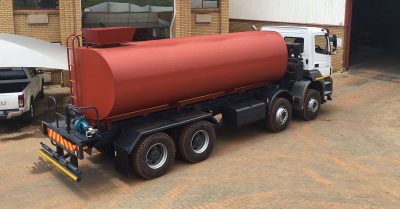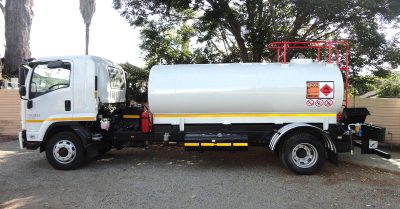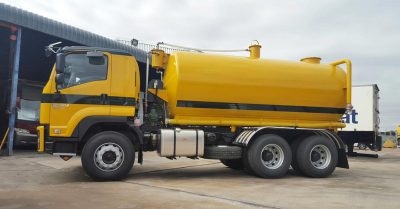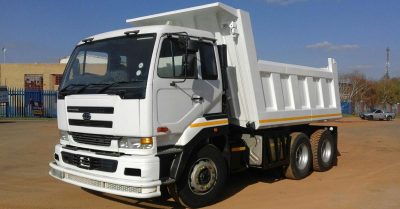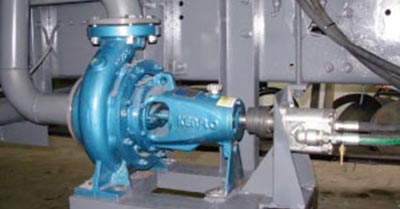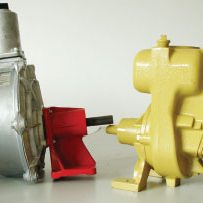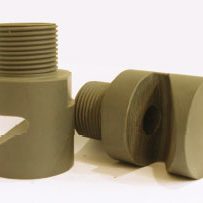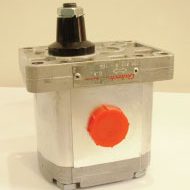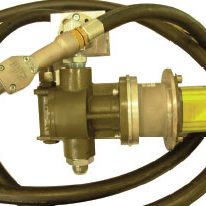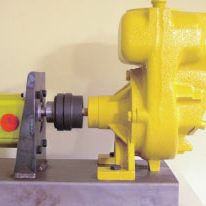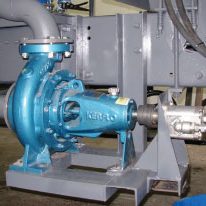- Directional control valves 20-1100L/min 350 bar
- Proportional valves 0-3000L/min 350 bar
- Servo valves 0-1600L/min 315 bar
- Logic elements 20-25000L/min 420 bar
- Relief valves 0-650L/min 350 bar
- Pressure reducing valves 10-400L/min 350 bar
- Flow control valves 0-360L/min 350 bar
- Mobile load sensing control 0-300L/min 350 bar
CONTROL EQUIPMENT
PUMPS AND MOTORS
- Axial piston pumps (open & closed loop) 10-1000 cm³/rev 450 bar
- Gear pumps 1-56 cm³/rev 250 bar
- Motors (bent axis & axial) 5-1000 cm³/rev 400 bar
- Radial piston motors (industrial & wheel drive) 160-3000 cm³/rev 450 bar
- Hagglunds radial piston motors 1256-251323 cm³/rev
- 20-4000 Nm/bar torque
- 350 bar max. pressure
THE WATER PUMP SYSTEM
A hydraulic pump is a mechanical source of power that converts mechanical power into hydraulic energy (hydrostatic energy, i.e. flow, pressure). It generates flow with enough power to overcome pressure induced by the load at the pump outlet. Therefore the water pump system is an excellent use for alternative power technology. Windmills have been used for over 100 years for this purpose, but other alternative power methods are also practical. Anything is better than pumping water by hand, but gas-powered generators are the worst of the bunch.
POWER FOR WATER PUMPING
Solar – Solar technology is very well suited to pumping water, even more so than the traditional windmill. A typical system includes one or more solar panels, an efficient 12 volt DC pump, a controller (with float switches), and a “linear current booster”. As long as it’s daytime and the float switches show that the water source is not empty and the cistern in the house is not overflowing, the pump will run. The linear current booster allows the pump to run even if it’s cloudy out.
Wind – The traditional windmill is still useful technology. The water pump is directly coupled to the wind generator. The only problem comes if there is no wind for a few days and maintenance. The leather seals on this sort of pump wear out and require replacement. The Bowjon windmill system uses pressurised air to pump water and requires very little maintenance. It can also be used to generate power. Other methods have been built using an electric wind generator, linear current booster, and pump, as described in the solar section above.
Water – Yes, water can be used to pump water. The device involved is called a “water ram”. It uses your local stream’s water pressure to move a fraction of the total streamflow uphill – as much as 30 times the entire fall. Water rams can be purchased or built at home with PVC pipes and valves.
Gas – a waste of resources – avoid it if possible.
Hand Pumps – Better than not having water if you have no resources available. Or if you can get your kids to do it. Different hand pumps are available commercially, or pumps can be constructed that operate on foot power instead of hand.


